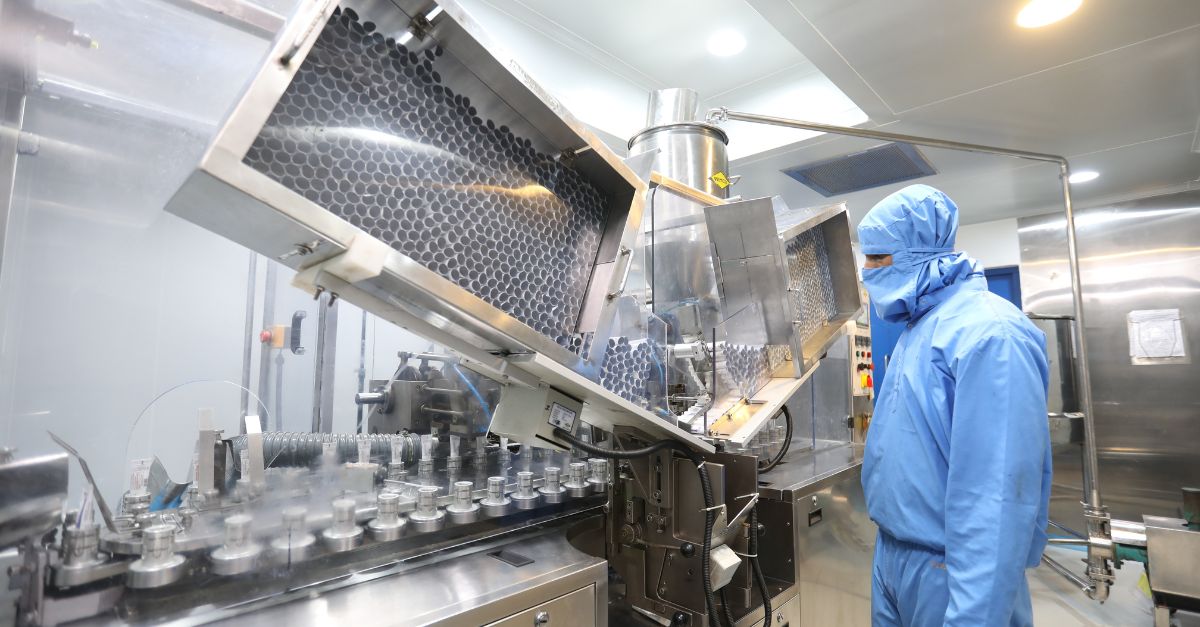
Q: We’re evaluating whether to implement clean-out-of-place (COP) cleaning methods for some of our equipment. What are the key advantages and disadvantages we should consider when deciding between COP and CIP approaches?
A: The choice between clean-out-of-place and clean-in-place cleaning methods fundamentally comes down to understanding what each approach can and cannot accomplish. While CIP systems offer automation and consistency, COP cleaning provides unique advantages that make it essential for certain applications—particularly when dealing with stubborn residues or complex geometries.
The primary advantage of COP cleaning is the ability to use high-foaming detergents, which brings superior emulsification to your cleaning process. When you’re working with water-insoluble residues—think hormones, waterproof cosmetics, or oily pharmaceutical compounds—emulsification becomes your dominant cleaning mechanism. High-foaming detergents like Alconox® Powdered Precision Cleaner, Liquinox® Critical Cleaning Liquid Detergent, etc. excel at surrounding and suspending hydrophobic residues in micelles, effectively solubilizing materials that resist alkaline hydrolysis alone. This is something low-foaming CIP detergents simply cannot match, regardless of concentration or temperature.
COP cleaning also enables thorough visual inspection of your equipment. When you’re examining parts at different angles under proper lighting, trained operators can detect residues with remarkable sensitivity—sometimes rivaling analytical methods like HPLC. This immediate feedback allows real-time verification of cleanliness and the ability to address problem areas with additional mechanical action. Speaking of mechanical energy, the “elbow grease” factor in COP cleaning can be the great equalizer for even the most tenacious residues. Manual scrubbing provides targeted mechanical action exactly where it’s needed, particularly in blind spots or complex geometries that spray systems might miss.
Another significant advantage is that foaming detergents used in COP applications can be formulated with milder pH ranges—typically pH 8-10 rather than the harsh pH 12-13+ often used in CIP systems. This makes them safer for operators, easier to dispose of, and often acceptable for direct-to-drain disposal in most municipalities. For small, intricate parts or equipment with numerous blind spots, COP cleaning through ultrasonic baths or soak tanks ensures complete surface contact with the cleaning solution—something that’s difficult to guarantee in spray-based CIP systems.
However, COP cleaning does have important limitations to consider. The most obvious is labor intensity—someone needs to disassemble equipment, operate ultrasonic baths, perform scrubbing, and reassemble everything. This requires trained personnel, proper PPE, and introduces more variability into your process. While this variability can be managed through proper validation, it’s still a factor that requires careful control and documentation.
COP cleaning typically uses more cleaning solution than CIP systems. Where CIP might use only 10% of tank volume, COP methods like soaking can require filling entire vessels or baths. This increases both chemical usage and waste disposal volumes. There’s also the inherent variability in manual processes—different operators might apply different amounts of mechanical force or interpret visual cleanliness differently. While proper training and validation can address this, it remains a consideration for GMP environments.
The decision between COP and CIP often isn’t either/or—many facilities use both approaches strategically. We’ve seen pharmaceutical manufacturers successfully combine methods, using CIP for routine cleaning of large vessels while reserving COP for challenging residues or equipment that doesn’t respond well to spray cleaning. The key is matching your cleaning method to your specific residues and equipment configuration.
For particularly challenging applications, consider that COP cleaning also opens the possibility of detergent blending. You might combine 85% of a high-alkaline cleaner like Alcojet® Low Foaming Powdered Detergent with 15% of an emulsifying detergent like Liquinox to address complex residues with multiple components. This flexibility to customize your cleaning chemistry is unique to COP applications where foam control isn’t critical.
When evaluating COP versus CIP, consider your residue characteristics, equipment design, regulatory requirements, and operational constraints. If your residues are highly water-insoluble, if you have complex equipment geometries, or if current CIP methods are providing inconsistent results, COP cleaning might not just be beneficial but necessary. Remember that sometimes, despite the higher labor requirements, COP cleaning accomplishes in a single cycle what multiple CIP cycles cannot achieve.
To request these or any Alconox, LLC. detergent for free, please complete the questionnaire at Get Sample. For more information about any one of our Alconox, Inc. detergents, consult the technical bulletin for each product. Or click here to access each of our detergent’s Safety Data Sheets.
Do you have a critical cleaning question for the experts at Alconox, Inc.? Search TechNotes to see if it’s been answered before or Ask Alconox.



